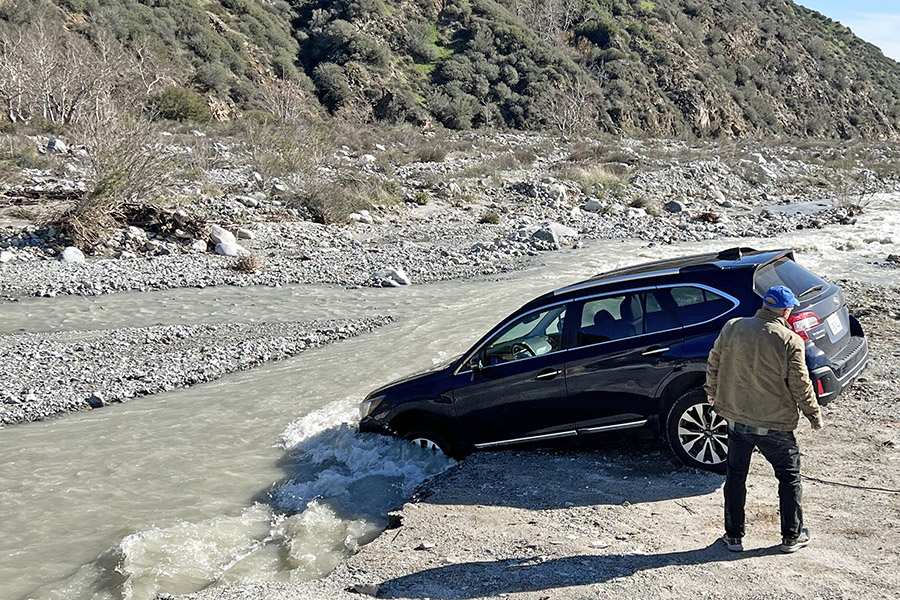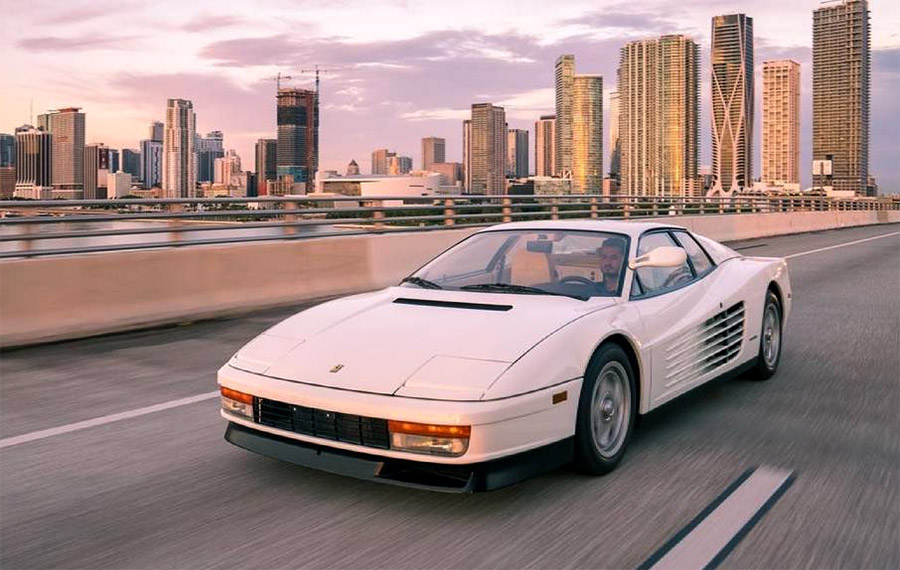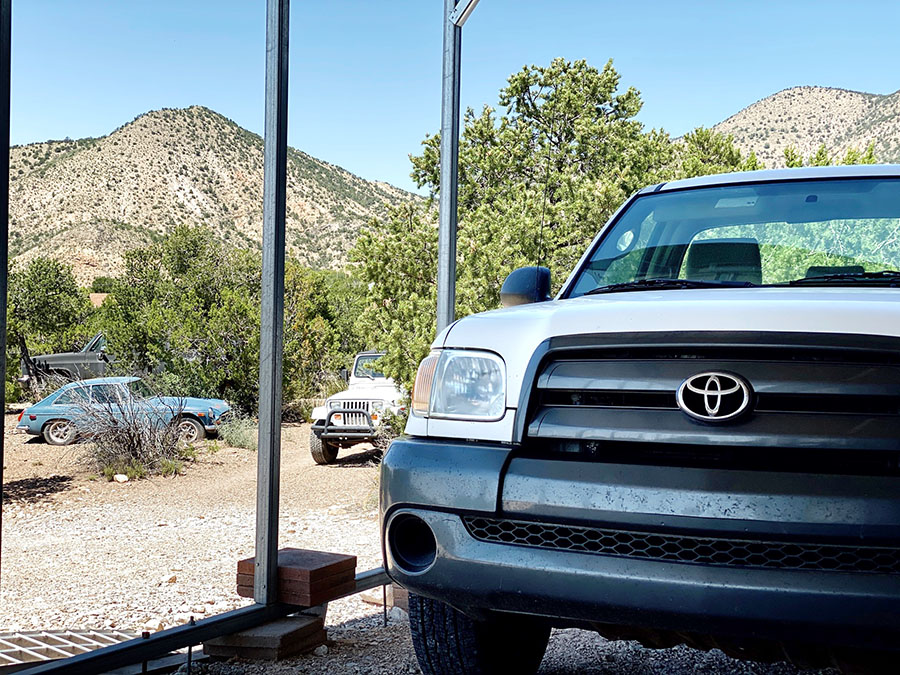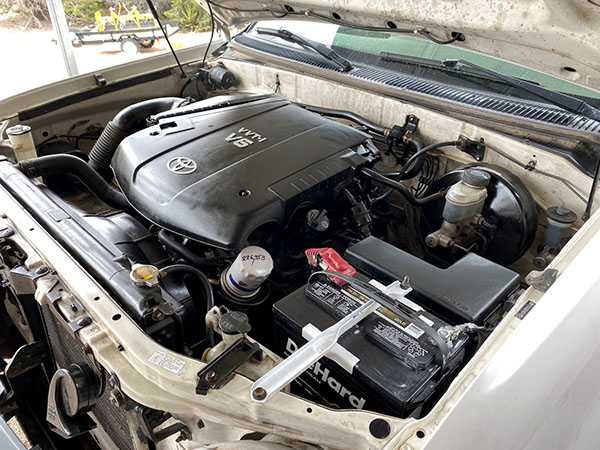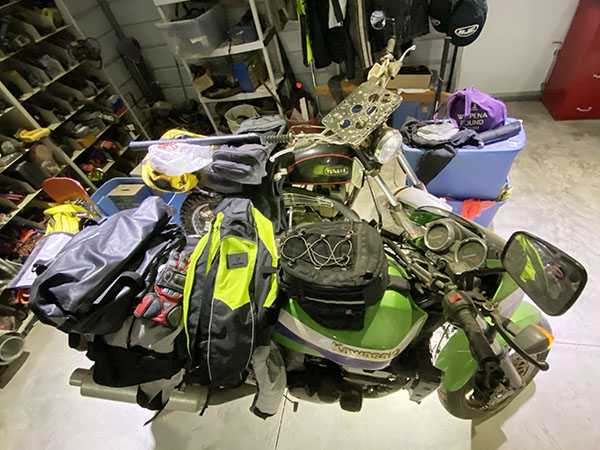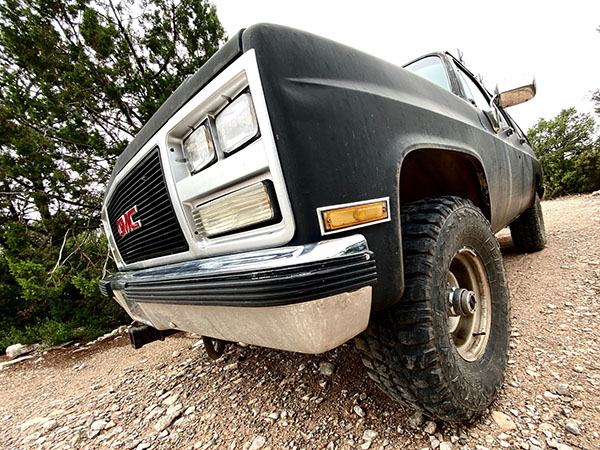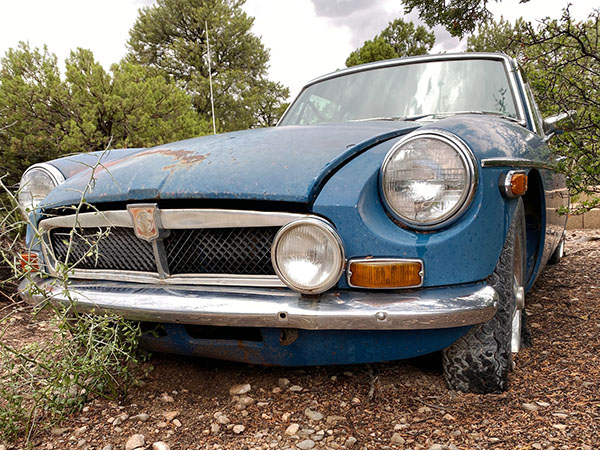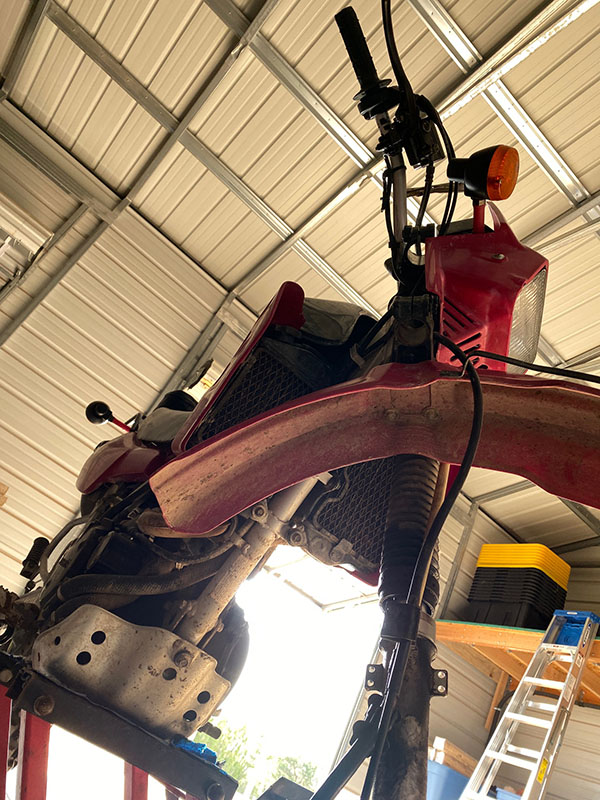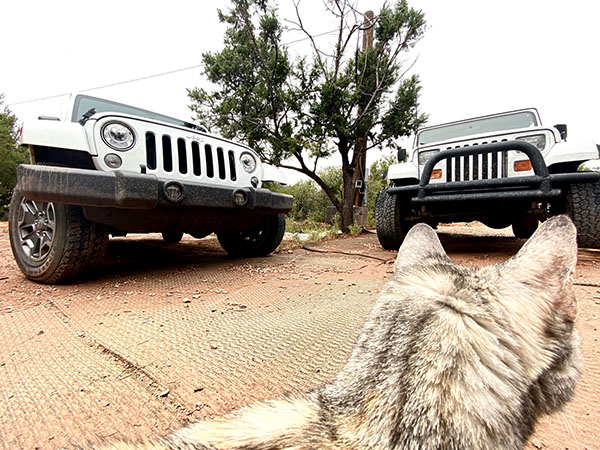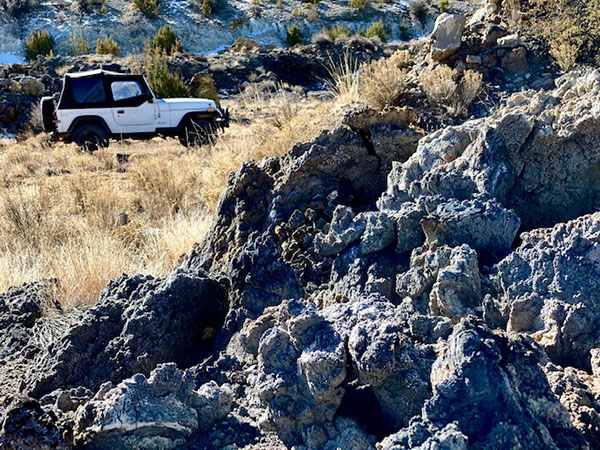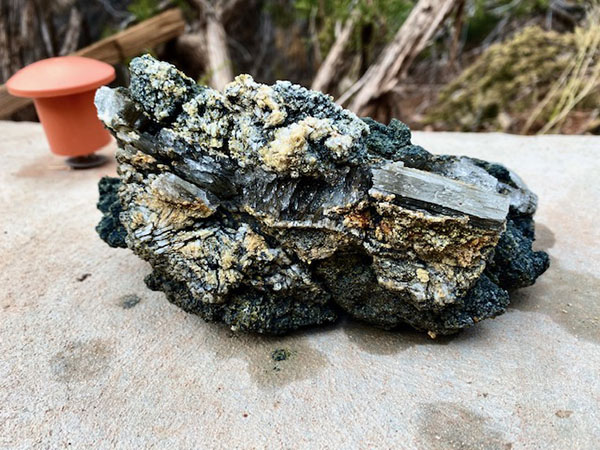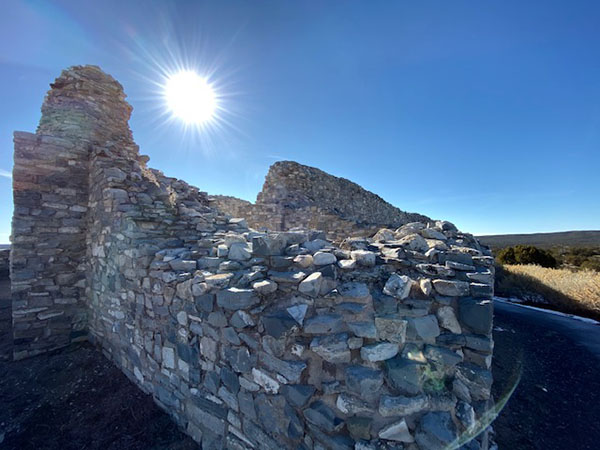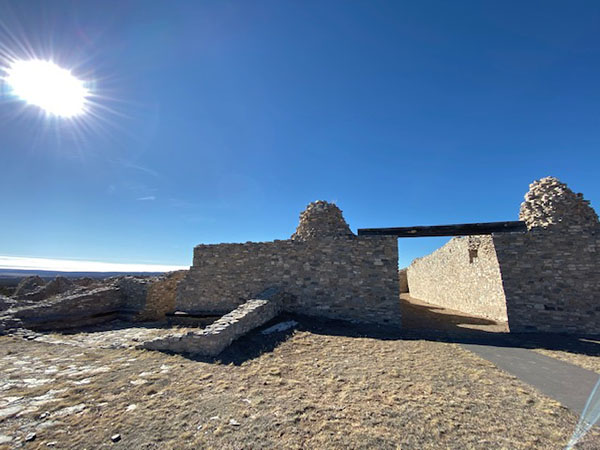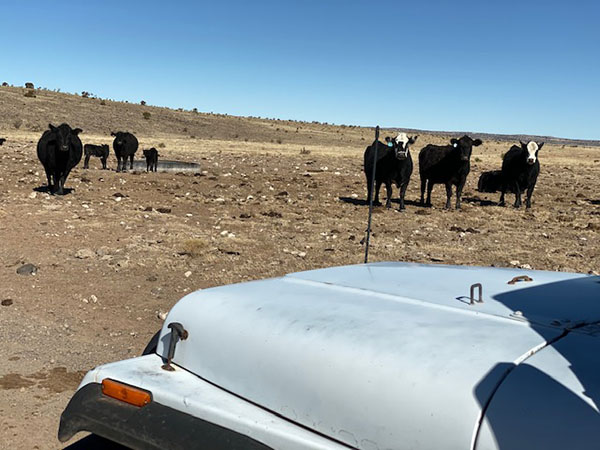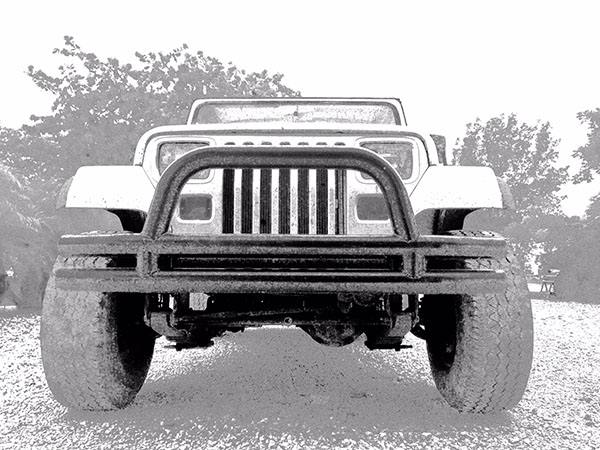You know those signs that tell you not to drive into flooded areas?

Every time I’d see one, I always wondered about the target audience. I mean, who would be stupid enough to drive into a flooded area? And if they were that stupid…well, maybe ol’ Darwin had the right idea.
Help us help you…click on the popups!
Based on the cover photo, you may have already guessed where this story is going. I don’t have to look very far to find someone stupid enough to “enter when flooded.” I see that guy in the mirror every morning when I shave.
You see, there’s a creek that flows across the dirt road out to the West End Gun Club. I’ve been driving across it for close to 40 years now. Most of the year, it’s a dry creek bed. After a rainy spell, we’ve had times when it was so obviously flooded I wouldn’t attempt to cross it. Most of the time. But other times when the water was flowing, it didn’t look bad enough or deep enough to keep me from taking a chance. I mean, what could go wrong?
I guess I’m one of those guys who has to urinate on the electric fence to see for himself. Yep, I finally got stuck, and stuck good. I always figured with my all wheel drive Subie I could get out of anything. But you know, AWD ain’t the same as 4WD. Something I learned today.
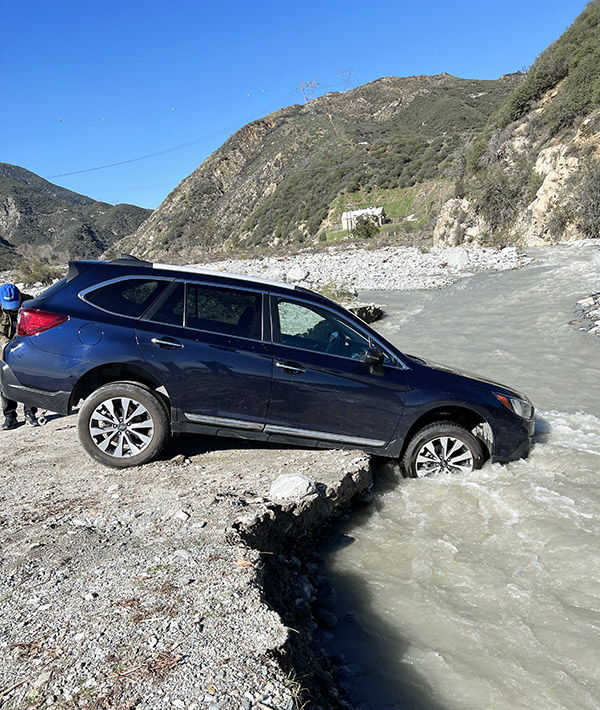
When I heard the underside of the Subie hit the ground on the ledge (that was now more of a bank than a ledge), it hit hard. I felt it as much as heard it. I was in trouble. I tried to back out, but I knew from the downward facing hood the Subie’s butt was in the air and I could feel the front wheels spinning in the water. I was balanced on the bank, and I could feel the car rocking and pivoting slightly to the right. It was like being in a formulaic movie or a bad dream when a car has gone out of control and is hanging over a cliff. I opened the door and the bank was directly under the opening, and as I looked at the ground, the bank was eroding. In the wrong direction. Water started coming over the door sill and into the car.
I beat a hasty exit out the passenger door. Other folks going to the range, wondering if they could cross, had stopped and were watching me. I had set the example. The spectators tried to help by pulling down on the rear bumper. It did no good. I was high sided, and if anything, the car was moving more toward the stream, which was starting to look like Niagara Falls. Yikes.
I called the Auto Club, but they put me on hold. The bank continued to give way under my Subie, so I called 911. They took my info and I never heard from them again, nor did anybody show. You know the old saying…when seconds count, the cops are only minutes away. The other spectators drifted away. I was on my own.
Then a miracle occurred. Good buddy Lee, who I met for the first time this morning, came by in a Jeep. A real Jeep. With a winch. We connected (literally and figuratively), but it was no good. As the winch did its thing, it dragged the Jeep toward the Subie. Lee and I looked at my situation. Lee put boulders in front of the Jeep’s wheels, and the winch dragged them along, too. “If I could hook up to another vehicle,” Lee said, “we could make this work.”
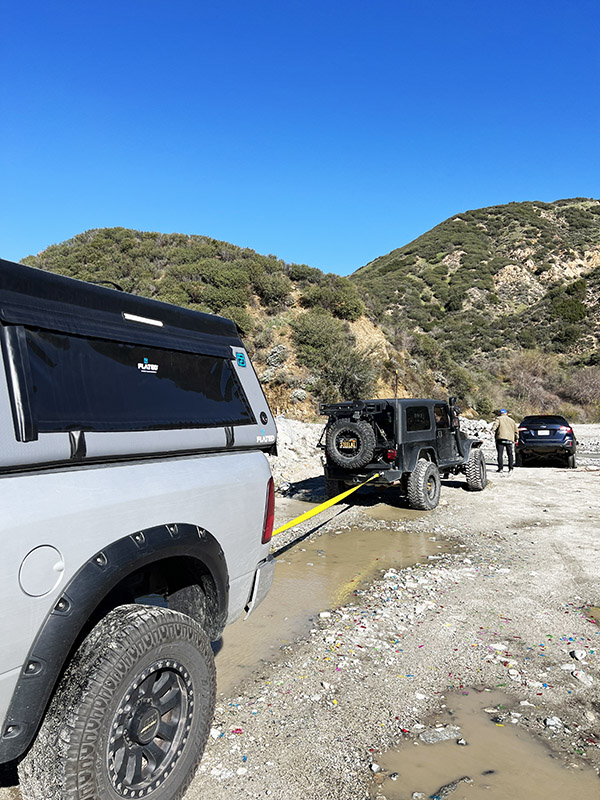
Then the second miracle occurred. Another newly-met good buddy named Aaron rolled up in a big Dodge pickup. He hooked up to Lee’s Jeep, Lee hit the winch button, and just like that (with some God-awful undercarriage scraping and grinding), I was free. For a few seconds, I thought my future held a commission as a U-boat commander, but no more. Lee and Aaron, wherever you are, thanks much!
Never miss an ExNotes blog:

